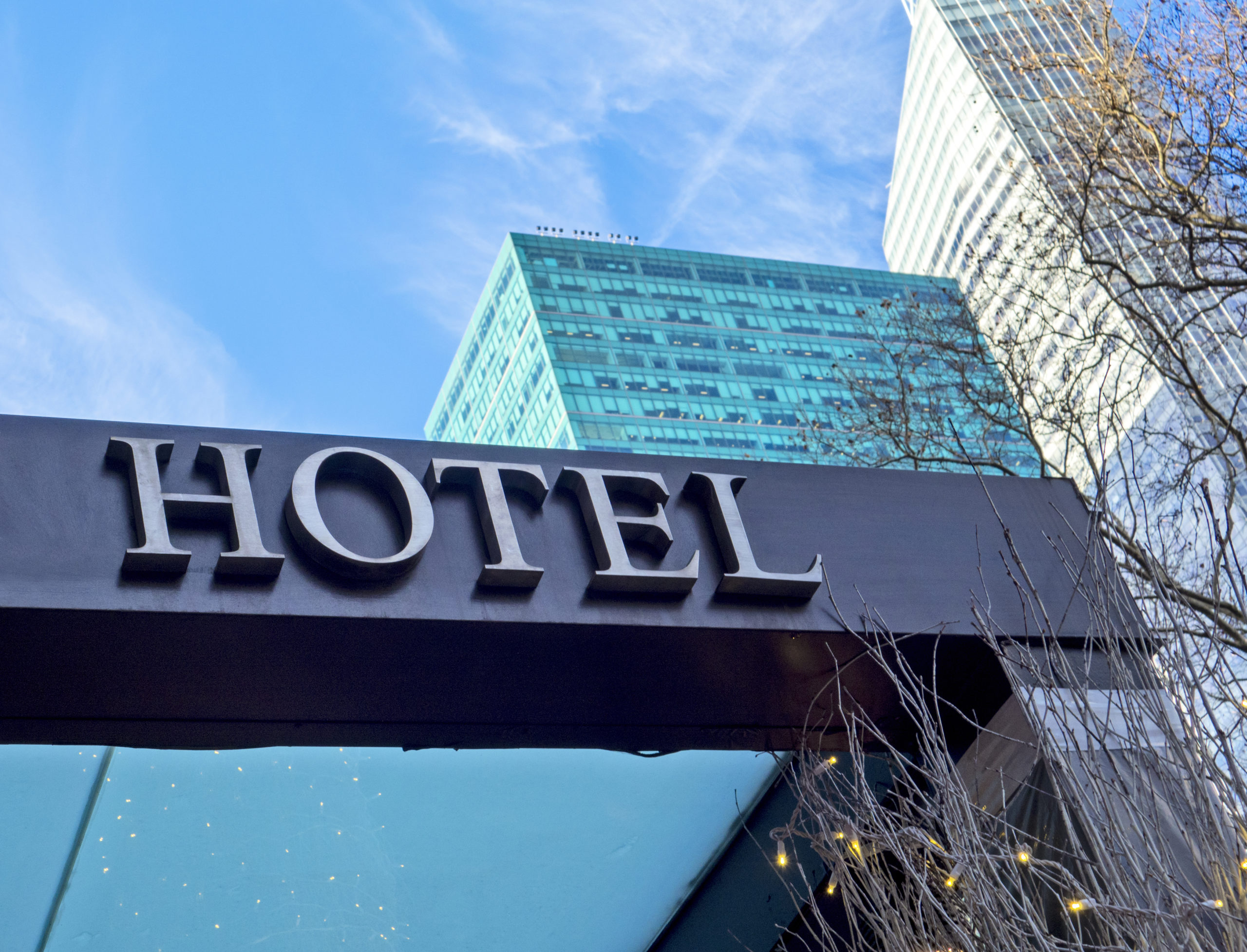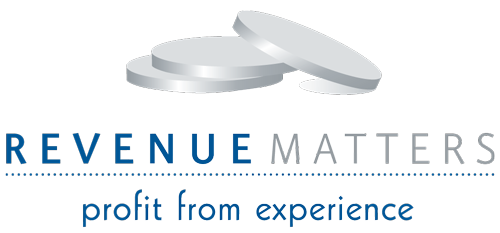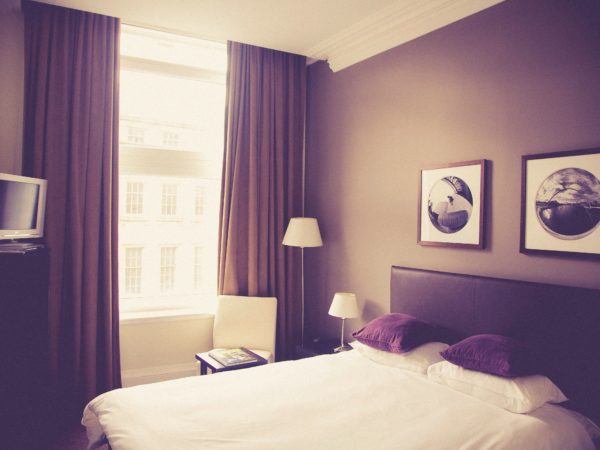
A 10-year study of 4,000 hotels in Europe found price positioning is a better indicator of RevPAR than is occupancy.
By Keith Loria
HNN contributor
GLOBAL REPORT—Price positioning plays a larger role in driving revenue per available room than does occupancy for European hotels, according to a recent study titled “Competitive hotel pricing in Europe: An exploration of strategic positioning.”
Conducted by Cathy Enz, Linda Canina and Jean-Pierre van der Rest from Cornell University’s School for Hotel Administration, the study revealed that European hoteliers who maintained average rates above their competitive set generated higher revenue per available room, contradicting the long-standing belief that lowering rates will lead to more demand and better RevPAR. The research shows that although this practice yields higher occupancy, RevPAR normally suffers.
Researchers analyzed STR Global data over a 10-year period and the pricing strategies for more than 4,000 competitive hotels in Europe. (STR Global is a sister company of Hotel News Now.)
“We wanted to do a stream of research over an extended period of time to think about and get the industry to think about strategic pricing, not just tactical pricing,” said Enz, who is the Lewis G. Schaeneman Jr. Professor of Innovation and Dynamic Management at the School for Hotel Administration. “The thing we continue to find, even over a long period of time, is that ADR rather than occupancy is driving RevPAR. If you have prices lower than your competitive set, you’ll have an occupancy boost but a RevPAR drop.”
While the price positioning effect was stronger for branded hotels, the same held true for independent properties.
“In Europe, what this means is that firms need clear position goals for their hotels. I think they need confidence sometimes in maintaining their value proposition and pricing integrity,” Enz said. “Although this study does not directly measure price elasticity, our data support numerous other studies that have demonstrated the importance of pricing as a strategic positioning mechanism.”
Another takeaway from the report: Contrary to the findings of a 2013 study of U.S. hotels, maintaining a consistent relative price over time (as compared to having a fluctuating price) did not significantly affect revenue performance for these European hotels.
“We found that very volatile price fluctuations had negative consequences for U.S. hotels, but did not influence Europeans to the same degree,” she said. “This didn’t mean you could be highly variable in prices and it was good, just that it wasn’t as bad as it was in U.S. studies. There’s probably a little less clarity from the consumer in Europe.”
Put into practice
Trevor Stuart-Hill, founder and president of Revenue Matters and a member of the International Society of Hospitality Consultants, said the study is accurate and that European hoteliers are finding these results to hold true.
“Just like Mercedes dealerships probably enjoy more revenue per unit sold than Kia dealerships. What would happen if the Kia dealers began pricing their products at or above their Mercedes counterparts? In a rational market, fewer Kias would be sold,” he said. “With perishable inventory as with hotel rooms, that would be a fiscally irresponsible course of action to take.”
Stuart-Hill said that what is not revealed in the study is the comparative operational costs associated with being able to justify the higher rate, citing the real measure of performance is net operating income—which, all things held equal, would be favorably impacted by emphasizing ADR performance over occupancy at some properties and because of outlet revenue, occupancy over ADR at other properties.
“Many people equate revenue management with pricing. That is a mistake. Revenue management is a business process designed to optimize the performance of an asset through all market conditions,” he said. “While price-value considerations need to be made, demand (and supply) forecasting, customer segmentation, leveraging product types (i.e. suites versus standard rooms), channel mix, internal communication of strategy, inventory controls, etc. all need to be factored in.”
In practical terms, unless the offering is so unique and special whereby there are relatively few substitutes, practitioners need to consider the environment in which they are operating. In the case of hotel revenue management in most markets, this means dynamic pricing.
“With practicing revenue management, a practitioner must consider the core factors that are most important to driving performance for their property and focus on those elements first,” Stuart-Hill said. “This isn’t an excuse for not keeping current on industry developments as opportunities and pitfalls abound.”
What it means in the US
Kathleen Mallery, Carlson Rezidor Hotel Group’s senior director revenue optimization in the Americas, said the findings affect U.S. operations in that they turn people back from thinking they can “drive the guest” to book what they want them to book by artificial shifts in pricing, length of stay or other fences.
“It says pricing to demand without frequent day-to-day or within-day adjustments is the way to grow RevPAR over the long term,” she said. “Operations teams should thus spend less time playing with transient rate levels and focus on the large portion of the business that still is entrenched in fixed rate or high discount price points like for group and negotiated business.”
Carlson Rezidor Hotel Group’s pricing strategy is to grow RevPAR faster than the true competitive set. http://carlsonrezidor.com/
“When first addressing issues with a hotel’s performance, we aren’t as concerned about whether we get the improvement from occupancy or rate,” Mallery said. “But once a hotel has stabilized and are taking care of the guest, pushing to improve rate index in the market is key as an increase in rate will fall straight to the bottom line as opposed to higher occupancy which has an underlying cost to it.”
Pricing a function of elasticity
While the report says that it’s important to be priced near the top of the competitive set, sources said pricing for hotels is still a function of price elasticity.
“It’s probably more important to understand the prices the market will bear in general even more so than your particular competitive set,” Mallery said. “Business markets react differently than resort, which react differently than rural. Understanding when price changes will affect the demand for your hotel is the key—and the only information you really can have full understanding of.”
Once a hotel works its way to the top of the price positioning ladder in its given comp set, a key to maintaining the position is impeccable guest ratings in every ratings channel.
“The guest has to want to recommend you even if the lobby is a little past its prime,” Mallery said. “Then invest that value into making better than average renovations that are fully planned to have least guest impact, finding ways to along the way to continue to delight the guest. Then repeat.”
– See more at: http://www.hotelnewsnow.com/Article/15892/ADR-not-occupancy-drives-RevPAR-study-finds#sthash.cM7EUQsR.dpuf



